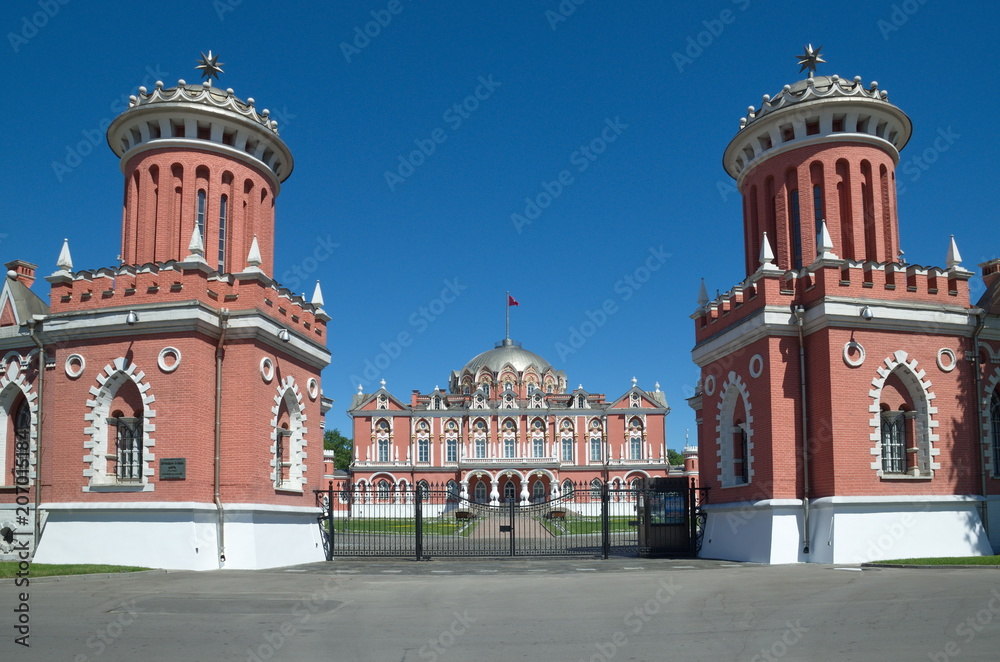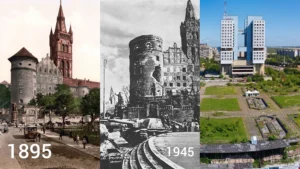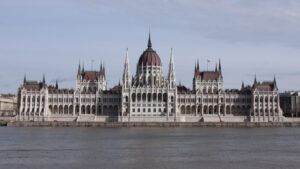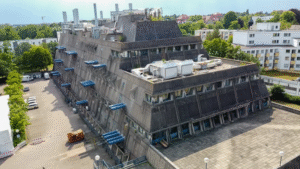The idea of Russian Gothic has always been a strange contradiction. The style makes people think of Western European cathedrals with their soaring vaults, flying buttresses, and huge stained glass windows. But Russia’s architectural identity is based on the domes and iconostases of its Byzantine and Orthodox traditions.
But starting in the 18th century, a strong, passionate, and often politically charged view of Gothic began to spread: the Russian Gothic Revival, or Neo-Gothic. This style is not just a copy. It is a one-of-a-kind mix of styles that still sparks disputes today and has a huge impact on how Russians think about their past and plan for their future.
Russian Gothic Revival Architecture is no longer just a footnote in history as we move into 2025. It is an important issue for architectural examination, praised for its unique style and criticized for its ideological baggage.
The “Russian Gothic” Paradox
The architectural period known as Russian Gothic Revival is not an isolated occurrence. It has changed over the course of almost two hundred years, from silly aristocratic whims to serious expressions of national identity. This change made a style contradiction that still interests both historians and bloggers.
The Enlightenment’s Strange Experiment
Under Empress Catherine the Great in the second part of the 18th century, the first examples of Russian Gothic, often known as “Enlightenment Gothic,” appeared. It was more about romantic, beautiful looks than structural integrity. Vasily Bazhenov and Yury Felten were two architects that used Gothic elements like lancet windows, pinnacles, and elaborate tracery as decorative motifs. They mixed them freely with the classical symmetry that was popular at the period.
This early Neo-Gothic style was mostly employed for private estates, park pavilions, and churches that the nobility paid for. It satisfied an emotional need for old things and things from other countries. It was a fashionable technique to criticize the strict rules of established classicism.
The Orthodox Compromise: Where Structure and Symbol Meet
The most important architectural issue is over how the Gothic design had to change to fit Orthodox liturgical needs. Longitudinal is the shape of traditional Western Gothic architecture. This shape makes the worshipper’s sight go along the nave toward the western altar. On the other hand, Orthodox churches are usually centered, with the iconostasis separating the sanctuary from the rest of the building.
Architects had to make a very difficult choice: they put Western Gothic clothes on an Orthodox building.
The Chesme Church in St. Petersburg (Yury Felten, 1777–1780) is the best example. It has a quatrefoil (cloverleaf) plan, which is a common Baroque style, but it is topped with thin spires and a lot of lancet arches. Its five spires are very important because they follow Orthodox iconography that stands for Christ and the four Evangelists.
The end effect is a building that looks Gothic but is completely Orthodox in how it uses space and symbols. This one-of-a-kind mix of styles is what makes people want to look for it so much. It shows a cultural wrestling match played out in brick and stone.

Chesme Church architect Yury Felten in the background of purple tulips in St. Petersburg in the summer sun
Looking at the Hidden Gems Again: Beyond the Kremlin
Famous monuments like the towers of the Moscow Kremlin or the St. Nicholas Church in Mozhaisk are still popular, but in 2025, the most interesting blog posts are focusing on the least-known Neo-Gothic wonders. These long-forgotten buildings show how the style spread across the country and among different groups of people.
The Lost Manors and the Great Works of the Provinces
Many interesting instances are far away from the capitals, generally on old, neglected country estates. These places have a sad, “dark tourism” appeal. These places give you a closer look at the style.
The Palace of Princess Oldenburg in Ramon, Voronezh Region: This estate was built in the 1880s in a very English Neo-Gothic style. It shows how the Russian aristocracy took Western romantic ideas and made them their own. It is a great example of eclecticism from the late 1800s.
The Church of the Sign in Veshalovka, Lipetsk Region: This provincial church is a stunning example of early Russian Gothic Revival. It shows how the style spread to the heart of the Russian province, often mixing with local Old Russian forms.
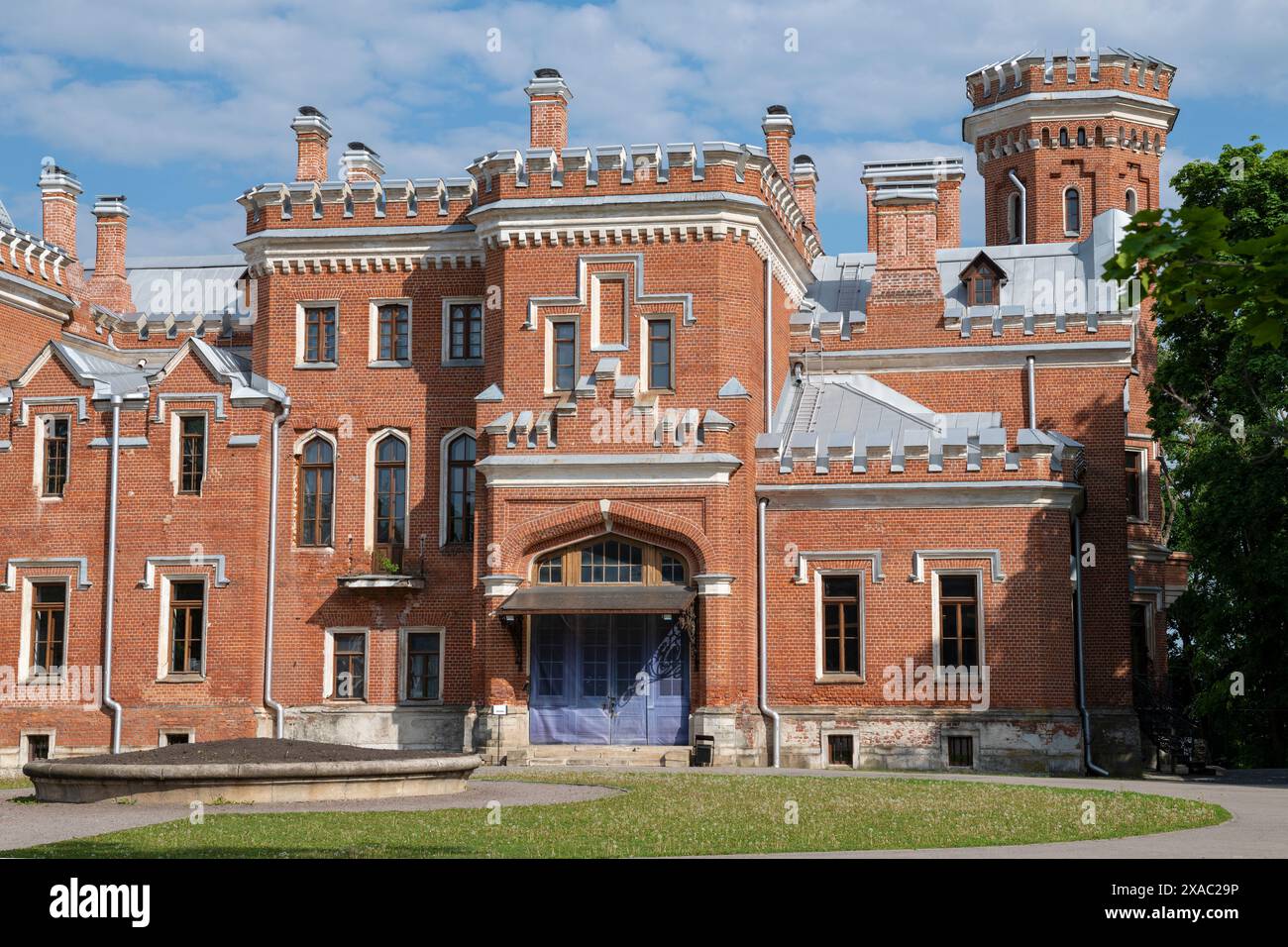
Palace of Princess Oldenburg in Ramon, Voronezh Region
A Different History of Kaliningrad’s Brick Gothic
Kaliningrad, which used to be called Königsberg, is an important counterweight to the Russian Revival movement. The Königsberg Cathedral is an example of original Medieval Brick Gothic, a style created by the Teutonic Order and the Hanseatic League.
Today’s blogs are all about restoration: the long and difficult process of bringing these German Gothic treasures back to life and adding them to Russia’s historical narrative, recognizing a separate, pre-Russian Gothic heritage.
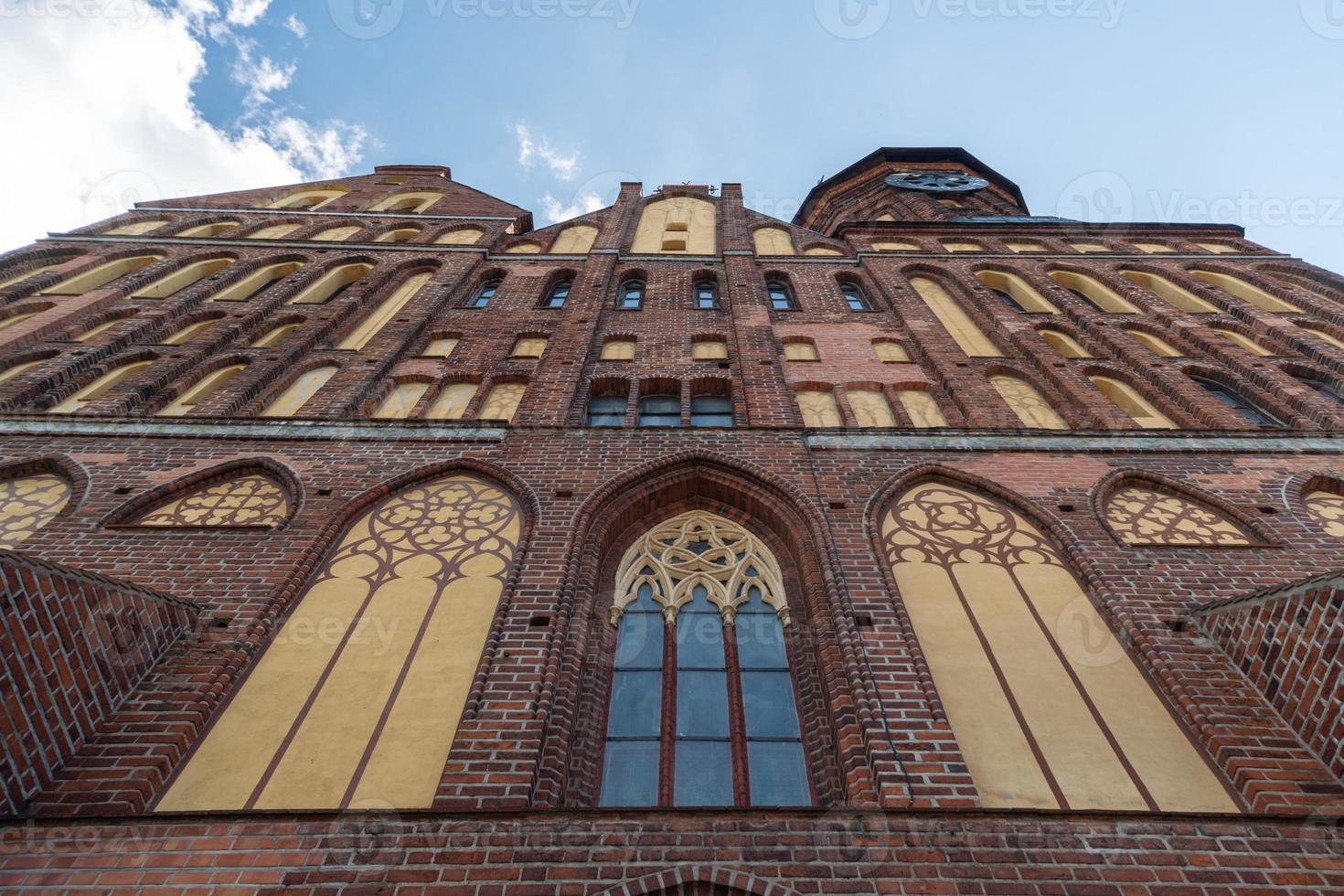
Konigsberg Cathedral. Brick Gothic-style monument in Kaliningrad, Russia. Immanuel Kant island. Pro Photo
Folk Revival and Modern Fantasies
The occurrence of modern private castles is one of the most surprising and popular issues. The Garibaldi Castle in the Samara region is a great example of this. Even though it was created lately, it is a comprehensive tribute to Gothic and medieval European styles.
This tendency shows that people still love the romantic, grand style of Neo-Gothic Architecture. They often go over real history in favor of pure fiction.
The Verticality Debate: What Gothic Will Leave Behind in 2025
The Russian Gothic Revival will last and be important for a long time because it is connected to Russia’s repeating ideological demand for verticality, which is a strong emblem of governmental authority and spiritual aspiration.
The Vertical Culture: From Tsarism to Skyscrapers
The discussion of verticality versus horizontality in Russian design history is important for understanding modern Russian architecture. The Gothic style is basically vertical since it has tall spires and pointed arches.
The late Tsarist period (which included Neo-Gothic and Neo-Byzantine styles) and the Stalinist era (which had “Seven Sisters” skyscrapers that were inspired by Gothic architecture) are examples of “vertical culture.” This verticality stressed the state’s spiritual or ideological mission, as well as hierarchy and power.
In light of the rapid construction and high-rise development in Moscow and other large cities today, this historical pattern is being looked at again. The question is: does the Neo-Gothic style of the past still affect how modern Russian architecture is designed? Many of today’s buildings are very tall and often majestic. The tradition of Gothic verticality is perhaps the intellectual basis for modern Russian grandeur.
Restoration and Cultural Reclamation
In the 21st century, there has been a lot of work to fix up religious and historical structures that were either secular or destroyed during the Soviet era. This procedure has brought new attention to important Gothic Revival buildings, such the Cathedral of the Immaculate Conception of the Holy Virgin Mary in Moscow, which has been fully restored and re-consecrated.
Restoring these Neo-Gothic marvels is a powerful cultural and political gesture that brings back religious heritage that was once hidden. It signals a national embrace of the complex, eclectic history that the Russian Gothic Revival represents.
The Academic Challenge: Re-dating “Russian Gothic”
Finally, a hot academic topic challenging the very terminology is the work of scholars who argue that true “Russian Gothic” existed much earlier. They point to the structural sophistication of Ancient Russian white-stone churches from the 13th to 15th centuries, suggesting a genuine, independent development of Gothic-like characteristics in the same period as Western Gothic, long before the 18th-century revival.
This debate re-frames the entire movement, forcing architects and historians to look beyond the revival and search for a native, pre-Petrine Gothic strain in Russian building tradition.
Conclusion: The Enduring Romantic Power
The Russian Gothic Revival Architecture is far more than a decorative style; it is a cultural litmus test. In 2025, its continued influence stems from its ability to embody contradiction: Russian soul in Western form, religious piety cloaked in romantic exoticism, and historical verticality informing modern power.
By studying these magnificent, often melancholic, buildings—from the Chesme Church to the newly built castles—we understand that the quest for a distinct, soaring, and often defiant Russian architectural identity is a story that is still being written. The powerful blend of Gothic drama and Russian tradition ensures this topic will remain a high-density search subject for years to come.
Reference:
10 most beautiful GOTHIC buildings in Russia
For more content like this CLICK HERE!!

